
Microsoft Dynamics NAV 2013 Application Design. Customize and extend your vertical applications with Microsoft Dynamics NAV 2013 - Second Edition Marije Brummel, Michael Nielsen, David Studebaker
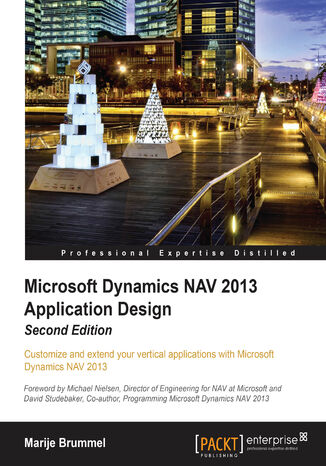



- Autorzy:
- Marije Brummel, Michael Nielsen, David Studebaker
- Wydawnictwo:
- Packt Publishing
- Ocena:
- Stron:
- 504
- Dostępne formaty:
-
PDFePubMobi
 opcje wysyłki »
opcje wysyłki »
Opis
książki
:
Microsoft Dynamics NAV 2013 Application Design. Customize and extend your vertical applications with Microsoft Dynamics NAV 2013 - Second Edition
This hands-on guide starts off by introducing the supply chain that you will be using throughout the book. You will then implement the Microsoft Dynamics NAV ERP suite and learn to set it up and customize it for various industries. You will learn how to customize Dynamics NAV to suit the different aspects of a business such as financial management, relationship management, production, jobs, trade, storage, logistics, and so on. The book will take you through these Microsoft-designed application features and show you how to customize and extend them safely. Therefore, by the end of this book, you will be able to create a structure of your own in Microsoft Dynamics NAV.
Wybrane bestsellery
Marije Brummel, Michael Nielsen, David Studebaker - pozostałe książki
Packt Publishing - inne książki
Dzięki opcji "Druk na żądanie" do sprzedaży wracają tytuły Grupy Helion, które cieszyły sie dużym zainteresowaniem, a których nakład został wyprzedany.
Dla naszych Czytelników wydrukowaliśmy dodatkową pulę egzemplarzy w technice druku cyfrowego.
Co powinieneś wiedzieć o usłudze "Druk na żądanie":
- usługa obejmuje tylko widoczną poniżej listę tytułów, którą na bieżąco aktualizujemy;
- cena książki może być wyższa od początkowej ceny detalicznej, co jest spowodowane kosztami druku cyfrowego (wyższymi niż koszty tradycyjnego druku offsetowego). Obowiązująca cena jest zawsze podawana na stronie WWW książki;
- zawartość książki wraz z dodatkami (płyta CD, DVD) odpowiada jej pierwotnemu wydaniu i jest w pełni komplementarna;
- usługa nie obejmuje książek w kolorze.
Masz pytanie o konkretny tytuł? Napisz do nas: sklep@helion.pl
Książka drukowana





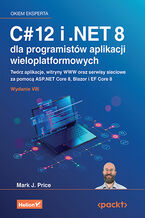

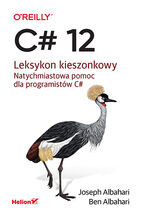

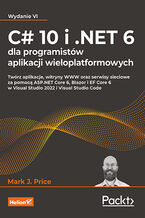

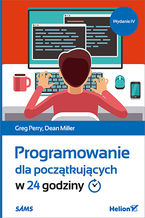

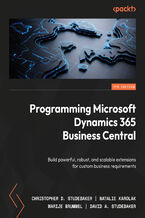

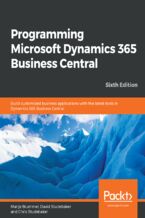
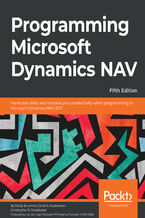
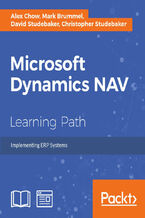
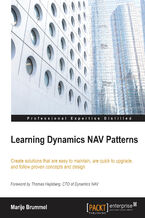
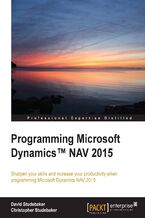
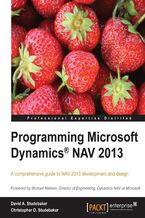
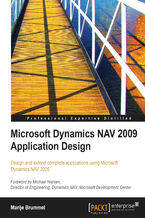
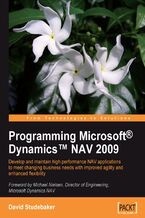





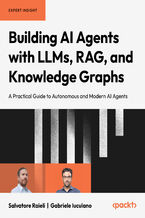
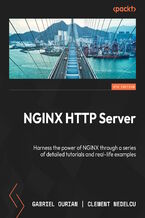
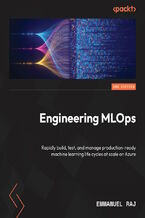

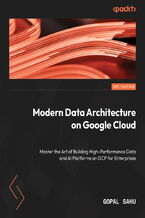
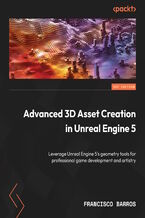
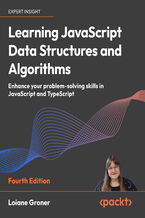
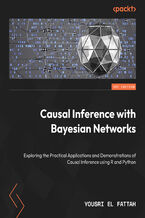
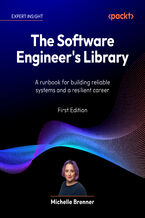




Oceny i opinie klientów: Microsoft Dynamics NAV 2013 Application Design. Customize and extend your vertical applications with Microsoft Dynamics NAV 2013 - Second Edition Marije Brummel, Michael Nielsen, David Studebaker
(0)